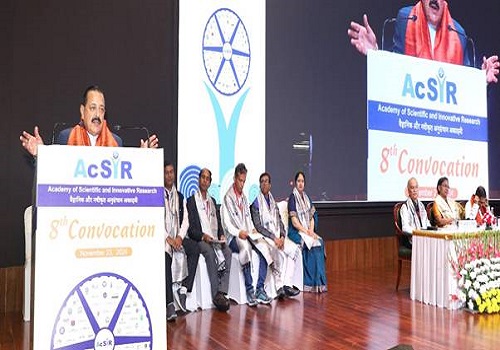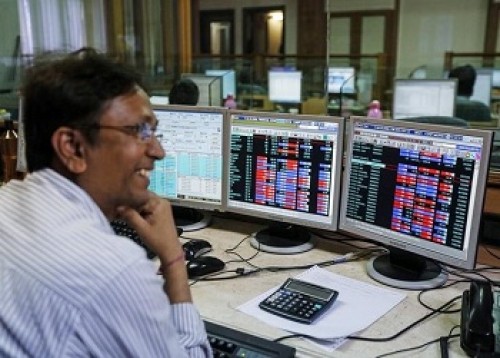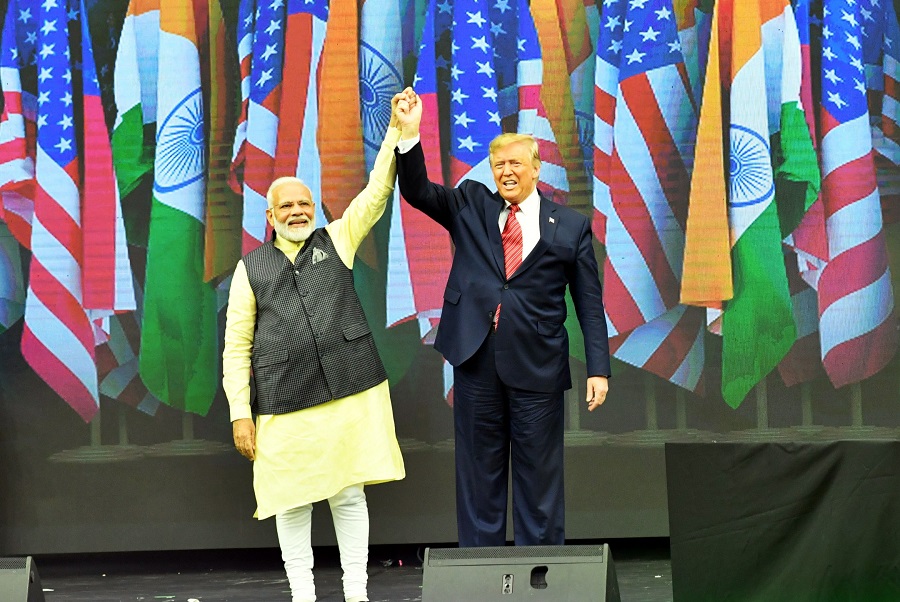Debt outlook 2023 and recap 2022 by Murthy Nagarajan, Tata Mutual Fund

Follow us Now on Telegram ! Get daily 10 - 12 important updates on Business, Finance and Investment. Join our Telegram Channel
Below the Debt outlook 2023 and recap 2022 by Murthy Nagarajan, Head Fixed Income, Tata Mutual Fund
2022- Macro challenging for Debt Market
The current year has been challenging for debt markets as RBI increased repo rates from 4 % to 6.25 % due to high CPI inflation and aggressive hikes by US Federal Reserve. RBI also changed its stance to withdrawal of accommodation to reduce excess liquidity of Rs 7 Lakhs at the beginning of the current fiscal year. Overnight rates which were trading at reverse repo rates of 3.35 % is now trading above the repo rates of 6.25 % as liquidity in the banking system has become deficit due to high credit growth , high government cash balance and Forex sales by RBI. Credit growth is running at 17.3 % and RBI has sold about 35 billion USD sucking out Rs 3 lakh crores of banking system liquidity. GST collections have averaged Rs 1.4 Lakh crores in the current financial year and Direct tax collections is at Rs 13.5 Lakhs an increase of 26 % in the current financial year. The cash balance of the government has been running above Rs 3 Lakh crores which has contributed to overnight rates going into deficit.
The one-year T bill rates which was trading around 4 % levels in the beginning of the fiscal year is trading at 6.90 % , the 3-month t bill which was trading at 3.35 % is now trading at 6.40 % levels. The ten year yield has moved up from 6.75 % to 7.30 %. The short end of the yield curve has moved up sharply and the yield curve has become flat with the spread between one and ten year coming down from 265 basis points to 40 basis points. The US Federal Reserve increased the Fed Fund Rate by 450 basis points during the current financial year. The US 2 year bond yields moved up from 0.78 % at the beginning of the year to 4.31 % levels due to aggressive rate hikes by the federal reserve to control inflationary pressures in the economy. Commodities prices including agricultural commodities which flared up due to Russia- Ukraine war are back to pre-war levels. The personal consumption expenditure (PCE) which is tracked by the Federal reserve has come to 5.5 % levels from a high of 6.3 % levels as supply disruptions eased.
Debt outlook 2023
India fiscal deficit for next year is expected to be around 5.8 % of GDP with capital expenditure component expected to be around Rs 10 Lakh crores. The borrowing programme is expected to be around similar levels of last year , that is Rs 15 Lakh crores. As per RBI, India’s CPI Inflation is expected to average around 5.2 % for the next financial year. Vegetable prices are already showing signs of moderation and rabi sowing of wheat has been greater than last year. However, the government has extended the free food distribution for one more year which should cost the exchequer Rs 2 Lakh crores and create pressure on wheat, rice, and coarse cereals prices . However, the buffer stocks of wheat, rice is well above required levels and expected to grow due to bumper harvest in rabi crops. There will be cut in fertilizer subsidy to the extent of Rs 1 Lakh crore, which should not put any pressure on the fiscal deficit. CPI inflation has come below 6% levels but MPC members are more concerned about core inflation which is still above 6 %. Since core inflation is not expected to come down in the next 2 reading, there is expectation of one more 25 basis points of hike in policy rates.
The US Federal reserve is still expected to hike interest rates by 50 basis points and other central banks are expected to hike by 100 to 150 basis points to control inflation pressures in the economy. Developed economy are expected to grow at 0.5 % to 1 % in the next calendar year as interest rates are in restrictive territory which should dampen CPI inflation. As per RBI projections, second half growth is forecast at 4.3 %, with 3rd and 4th quarter GDP is expected to be 4.4 % and 4.2 %. Exports constitute 18 % - 21% of India GDP, which will be a drag next year due to lower growth/ recessionary conditions in developed economies. India CPI inflation has already come below the threshold level of 6 % and expected to trend lower in the coming months. RBI may go for a prolonged pause in rates as they are targeting real rates of 0.75 % to 1 % over expected CPI inflation. CPI inflation for next year as per RBI projections is 5.2 % , which bring the terminal rates to 6 % levels. We are already at 25 basis points above this target. RBI has kept rates higher as core inflation is around 6 % levels and RBI does not want higher input prices to pass on to final product prices.
Banking sector liquidity has come down significantly and credit growth continues to be robust at 17 % levels. Most of the demand is for working capital requirements and this will be tested when global economy slows down. Deposit growth has picked up with nationalized banks increasing their deposit rates aggressively. This may make them incremental buyers in government securities and corporate bonds in the next financial year in the short and medium end of the yield curve. The demand from Insurance companies, National Pension Scheme, Employee Provident Fund Organisation has been strong in the current financial year when the long end of yield curve moved above 7.40 % levels.
This has led to yield curve becoming flat as RBI increased the repo rate and tightened liquidity conditions. The one-year rates of CD/CP are higher than the long end rates presenting investment opportunities for investors depending on their time frame. Government debt outstanding has 29.6 % maturing in the next 5 year and the redemption every year is in the range of 4.5 Lakh crores to 6 Lakh crores till 2028 . The government borrowing will be concentrated in the long end of yield curve to reduce rollover risk in the system. Rates cuts should benefit the short and medium end of the yield curve . The 2-to-5-year segment is attractive due to higher accrual and scope for capital appreciation when rate cut cycle starts after one year. Investors can look to invest in short term , corporate bond and Banking and PSU Funds which invests predominantly in this segment.
Disclaimer: The views expressed in this article are personal in nature and in is no way trying to predict the markets or to time them. The views expressed are for information purpose only and do not construe to be any investment, legal or taxation advice. Any action taken by you on the basis of the information contained herein is your responsibility alone and Tata Asset Management Pvt. Ltd. will not be liable in any manner for the consequences of such action taken by you. Please consult your Mutual Fund Distributor before investing. The views expressed in this article may not reflect in the scheme portfolios of Tata Mutual Fund. The view expressed are based on the current market scenario and the same is subject to change. There are no guaranteed or assured returns under any of the scheme of Tata mutual Fund.
Mutual Fund investments are subject to market risks, read all scheme related documents carefully.
Above views are of the author and not of the website kindly read disclaimer
























